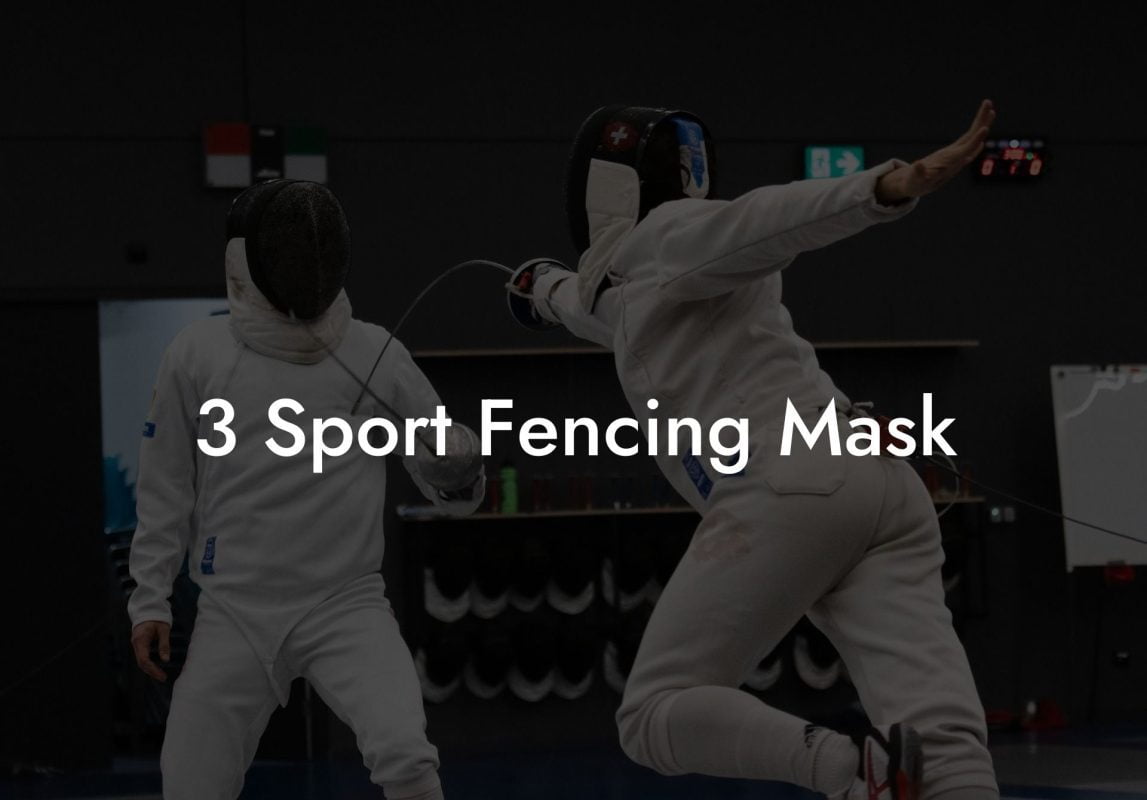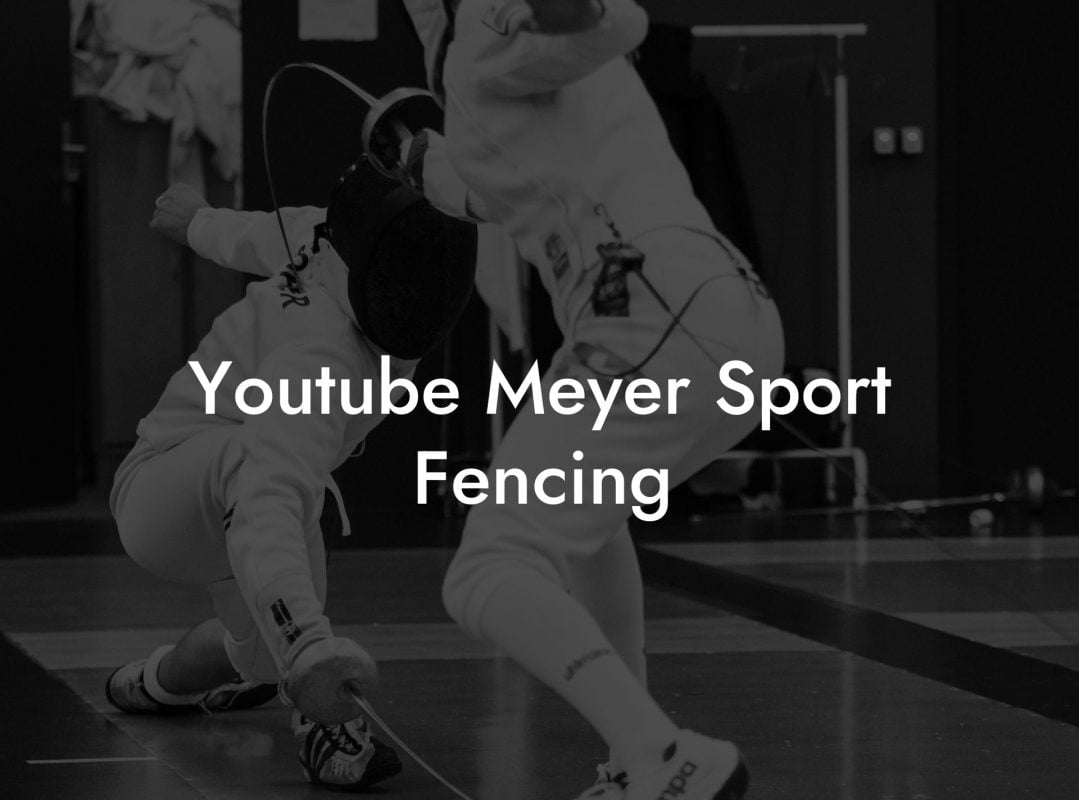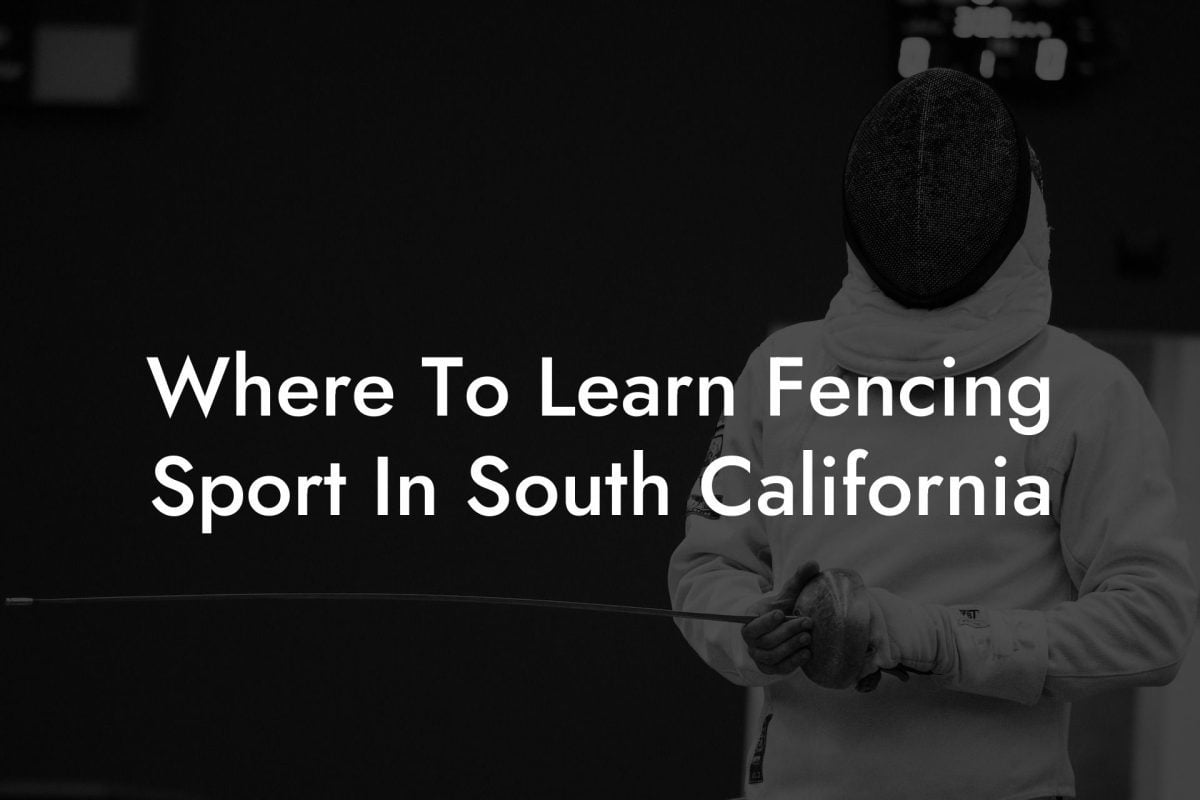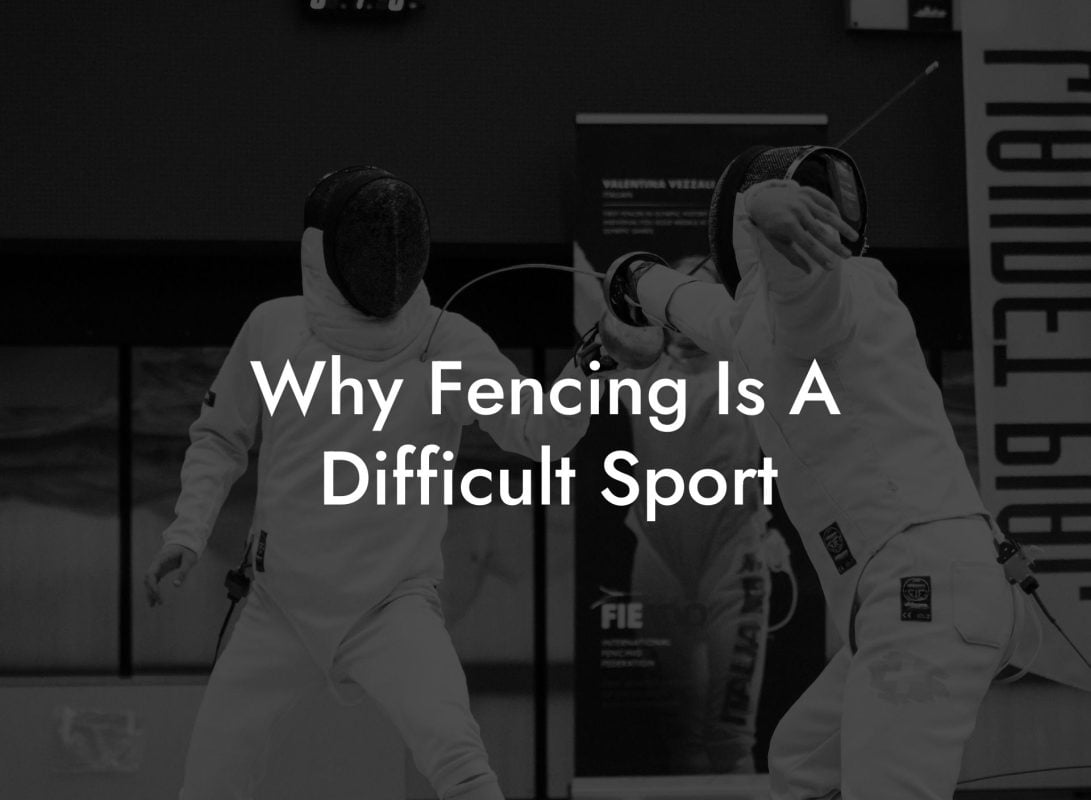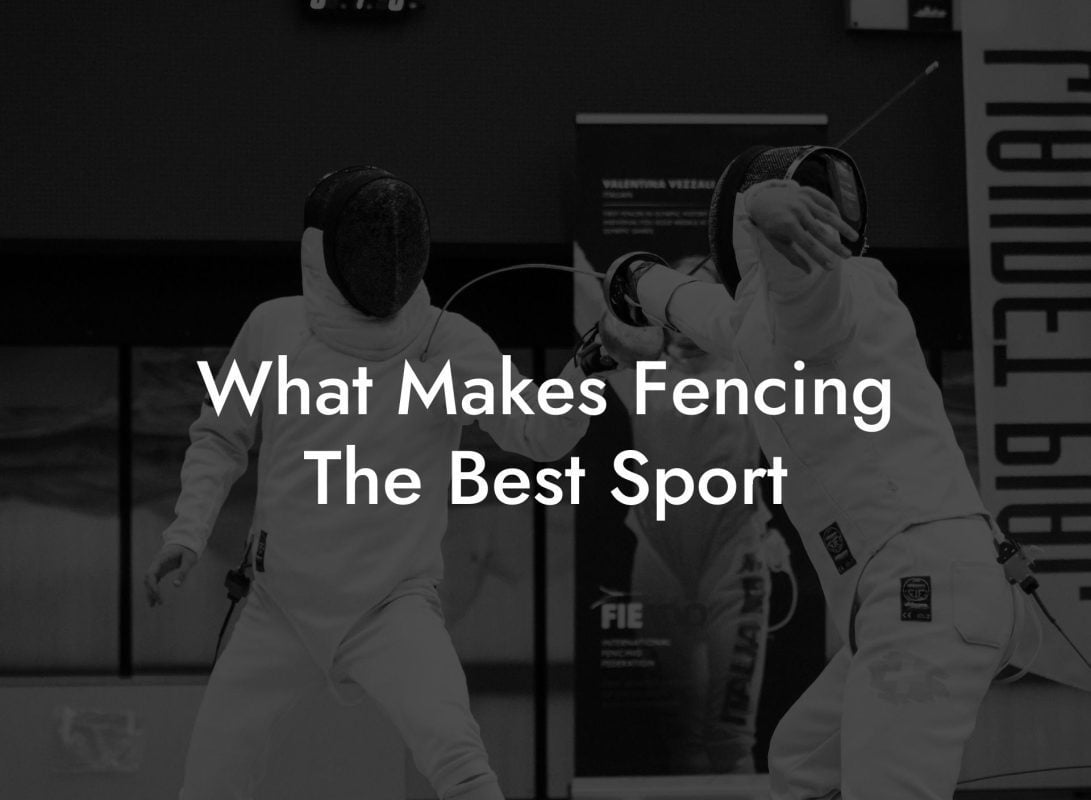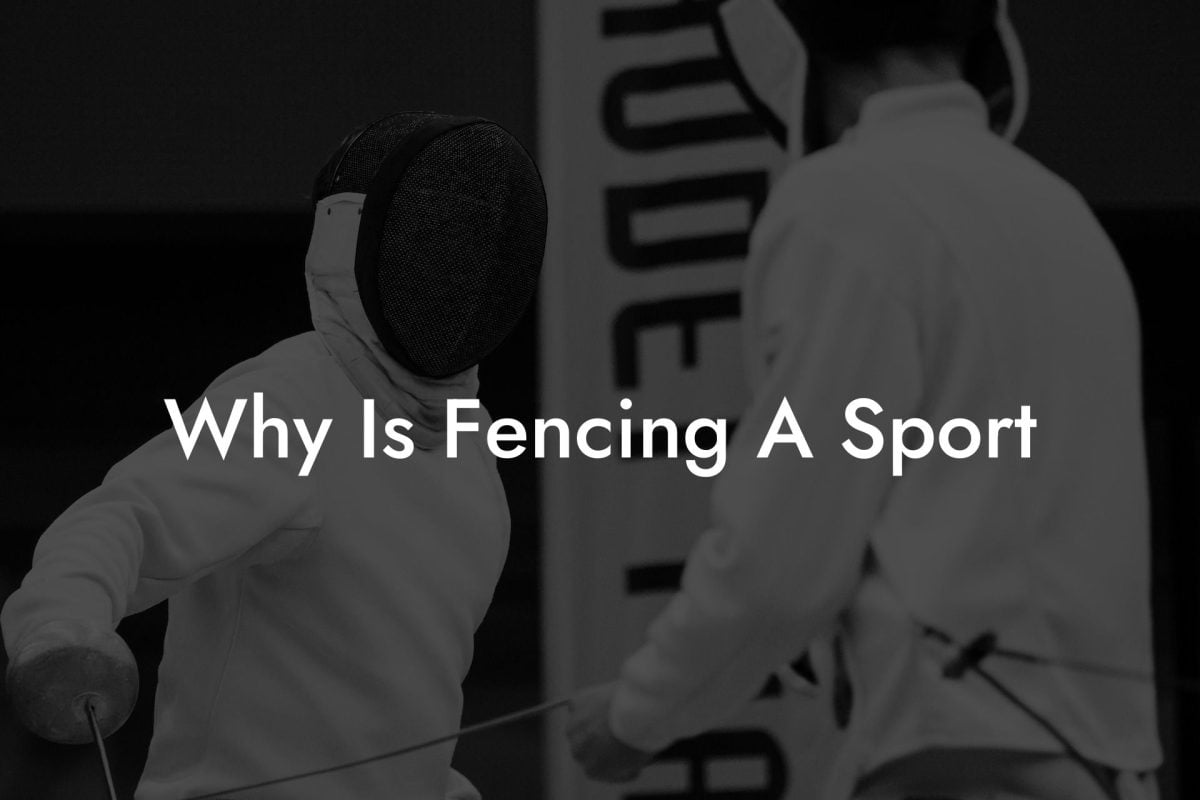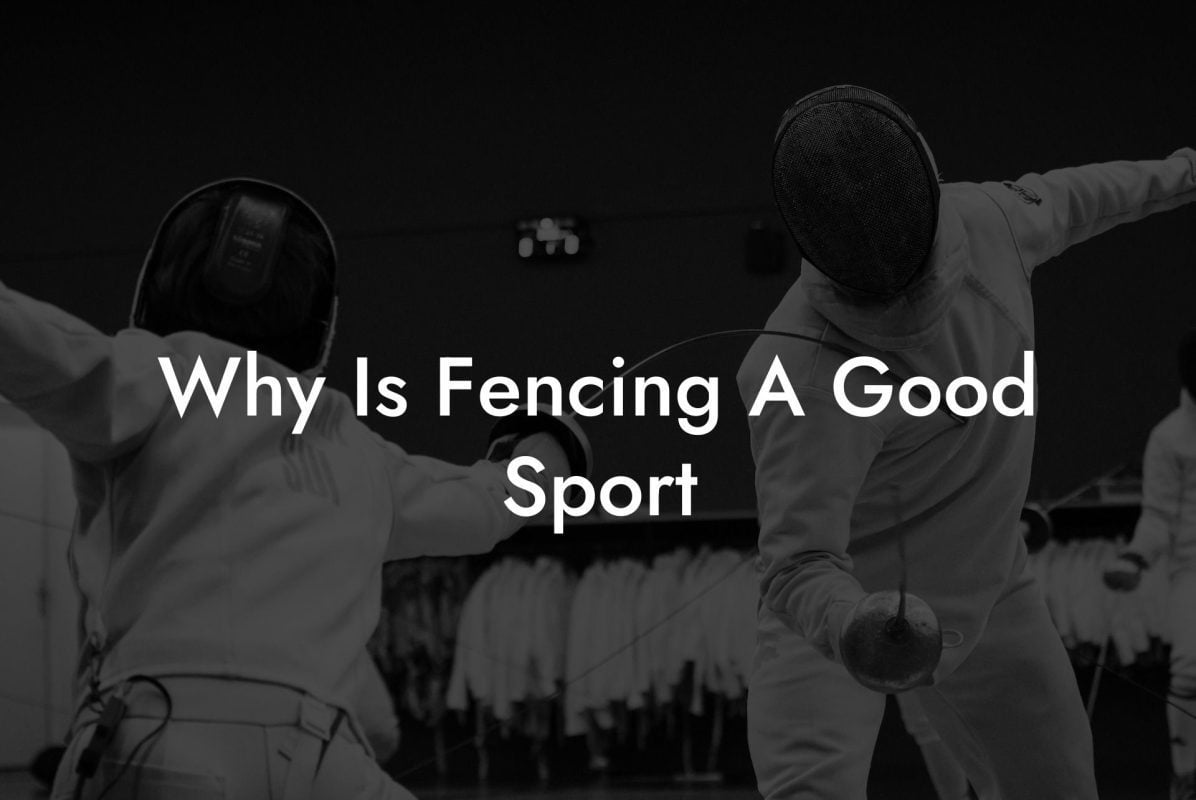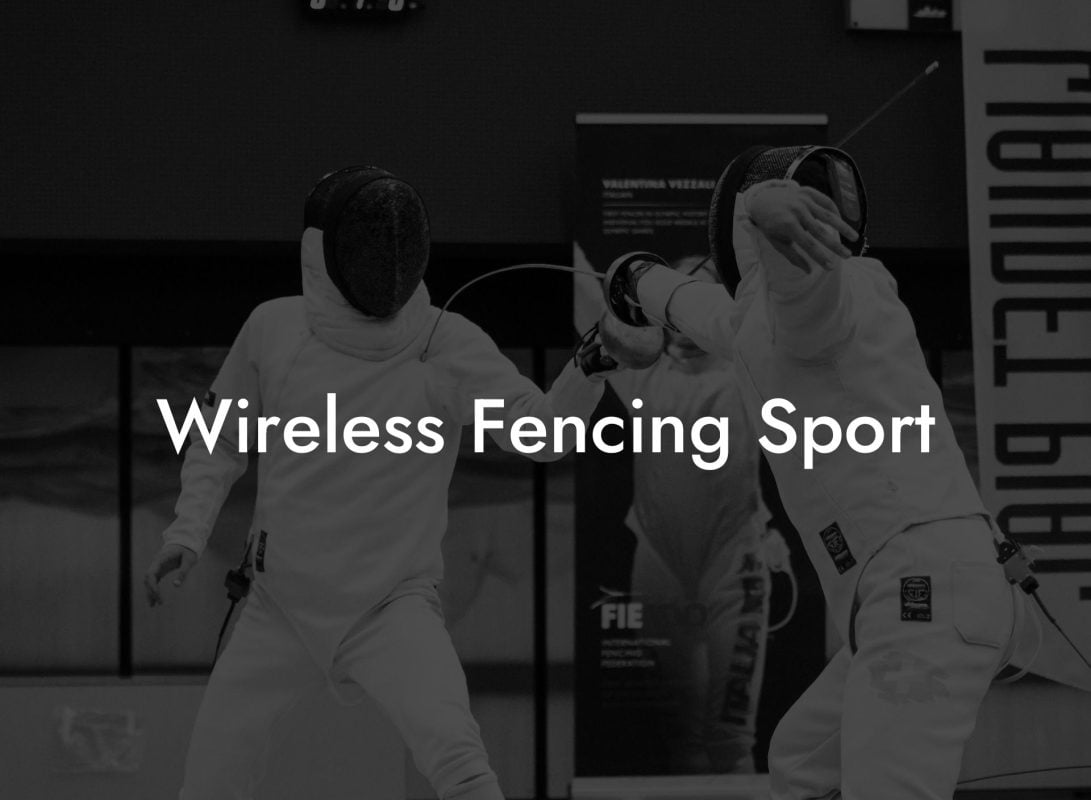Welcome to the exciting world of fencing! If you're new to the sport or just looking to learn more, you're in the right place. In this guide, we'll focus on one of the three weapons used in competitive fencing: the épée. We'll give you an overview of the weapon, its history, and the unique aspects that set it apart from the other fencing disciplines. So, let's dive into everything you need to know about fencing sport epe!
Understanding the Épée
Épée is a French word meaning "sword," and it is one of the three primary weapons used in the modern sport of fencing - the other two being the foil and the sabre. The épée has a thinner and heavier blade compared to the foil, and its unique characteristics make it an appealing choice to athletes looking for more strategy and complexity in their fencing bouts.
History of the Épée
The épée dates back to the 19th century, and it evolved from the small sword, a dueling weapon used in the 17th and 18th centuries. It became a competitive fencing weapon in the early 1900s, and épée fencing has since become an Olympic event.
The Épée's Unique Features
- Blade: The épée's blade is triangular, with a V-shaped groove running the length of it. It is thicker and heavier than the foil, and typically measures about 90 cm (35 inches) in length.
- Guard: One of the most noticeable features of the épée is its large, circular guard made of metal, which serves to protect the fencer's hand during bouts.
- Point: Unlike the foil and sabre, the épée's tip is a spring-loaded button. This makes the épée a "thrusting" weapon, as points are scored by striking the opponent with the tip of the blade.
Rules and Scoring in Épée Fencing
Épée fencing has its own unique set of rules, which sets it apart from foil and sabre:
- Target Area: In épée, the entire body is the target area, from head to toe. This includes the hands and feet, which are traditionally off-limits in foil and sabre.
- Scoring: Points in épée are scored by successfully landing the tip of the weapon on the opponent's body. There is no need for "right-of-way" in épée fencing, and simultaneous touches (i.e., both fencers score a hit at the same time) are allowed.
- Double Touches: Unlike foil and sabre, in which a fencer must have "right-of-way" to score a point when both fencers land a hit, épée allows for double touches. Both fencers can score in this scenario, which makes the sport more strategic and encourages cautious play.
Fencing Sport Epe Example:
Imagine an épée fencing match between two athletes. As they face off, both fencers carefully consider their movements, knowing that a single touch to any part of the body can result in a point. Using footwork, distance, and technique, the two competitors work to find an opening and strike.
As one fencer lunges forward, aiming for the opponent's torso, the other quickly parries and ripostes, landing a touch on their opponent's hand. The referee calls "Halt!" and awards a point to the successful fencer. The bout continues, as both competitors stay wary of their opponent and play strategically to avoid double touches and score points.
We hope this overview of fencing sport epe has given you a solid understanding of this fascinating weapon and its unique aspects within the world of fencing. If you're eager to learn more about the sport or explore other guides, feel free to browse through the extensive collection of articles here at Anchorage Fencing Club. And of course, don't forget to share this article with your fellow athletes and fencing enthusiasts – knowledge is best when shared!



